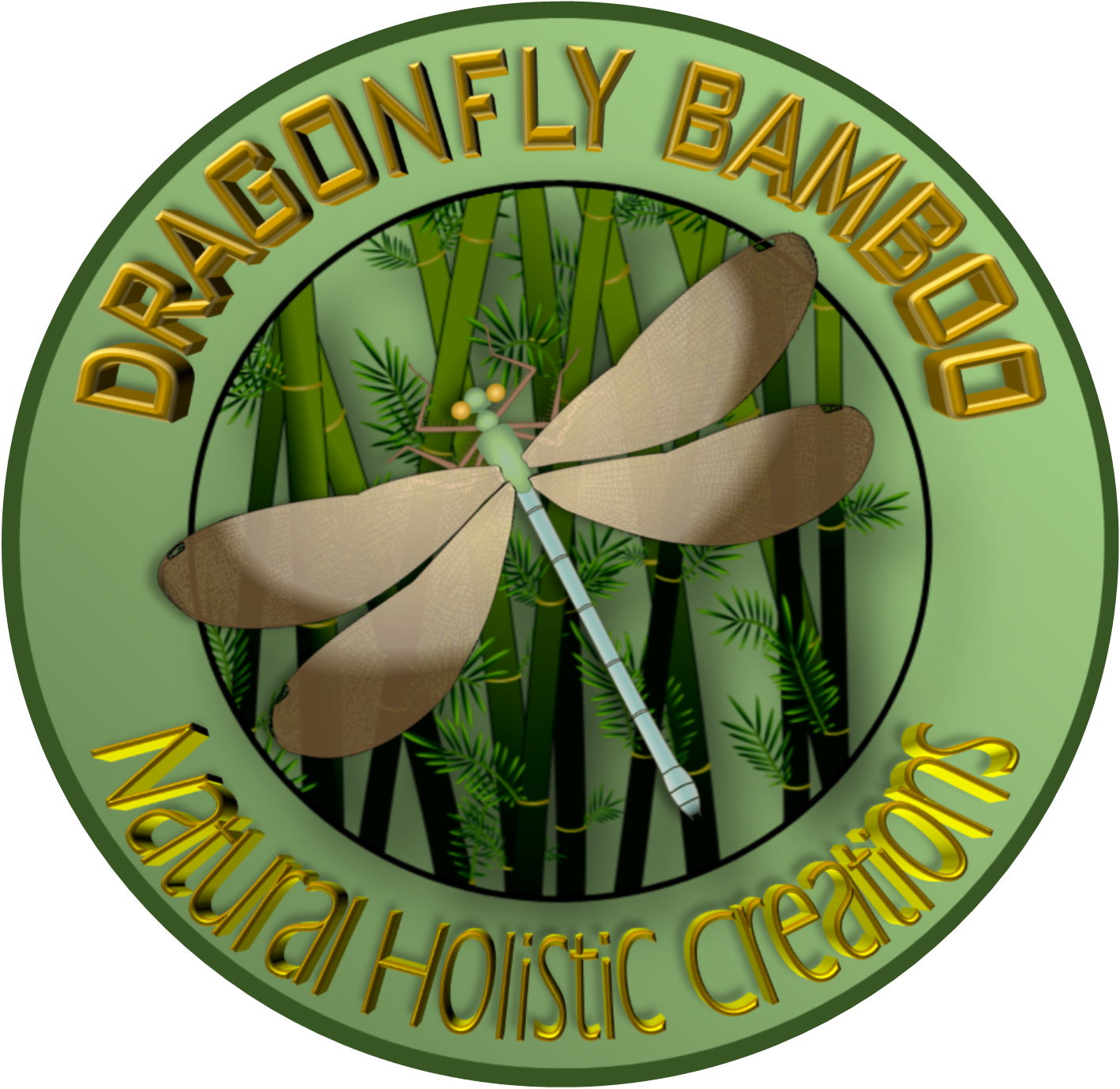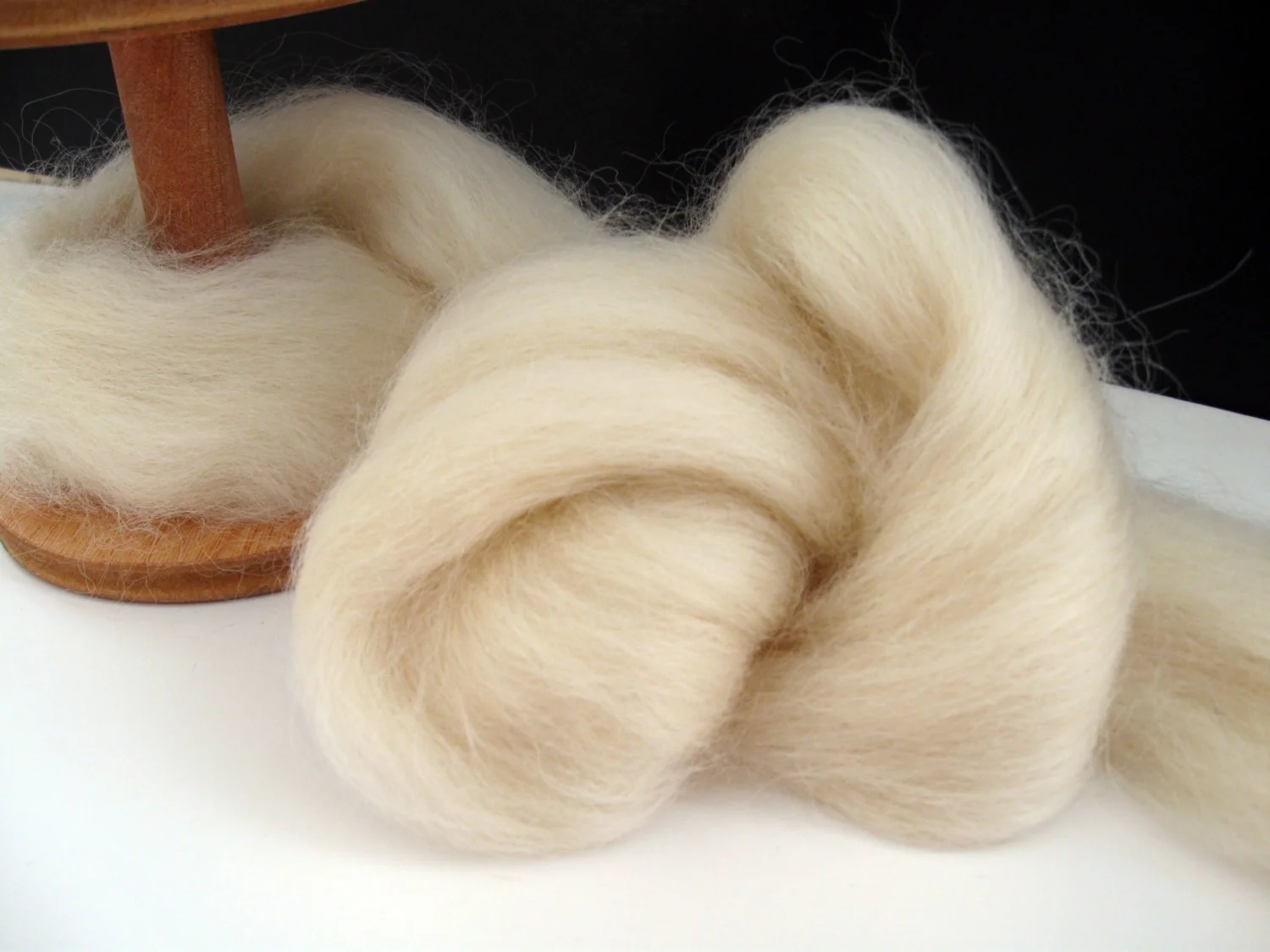BAMBOO FIBER - Bamboo Fabrics
Facts about Bamboo Fibers
- Bamboo Fibers are Rayon or Viscose
- Bamboo Fibers go through the same process as other Rayon Fibers
- Bamboo Fiber is very soft compared to other Rayon Fibers
- Naturally breathable and moisture-wicking.
- Bamboo Rayon is more Sustainable than Rayon from Wood Fibers.
Myths about bamboo fibers
- Bamboo Fibers are Antimicrobial
- Bamboo Fibers are Antibacterial
- Bamboo Fibers are Biodegradable
THERE ARE TWO WAYS BAMBOO FIBERS CAN BE MADE
1. Chemical Processing - "The method essentially follows the same process as used to manufacture regenerated viscose rayon using hydrolysis alkalization with the multi-phase bleaching principle." Nayak, L. & Mishra, S.P. Fash Text (2016) 3: 2. doi:10.1186/s40691-015-0054-5
2. Mechanical Processing - "Bamboo fiber produced by this process though considered eco-friendly is less used because it is time consuming, labor intensive, costly and serves a very specific niche of the textile market." Nayak, L. & Mishra, S.P. Fash Text (2016) 3: 2. doi:10.1186/s40691-015-0054-5
"Natural bamboo fiber that has been processed mechanically is environmentally friendly but not yet commercially viable or affordable. Moreover, most bamboo fibers and fabrics in the market are produced by viscose process which uses chemical solvents that raise environmental concerns besides being quite different from the original bamboo fibers. While bamboo rayon is a good choice relative to other manmade fiber options, a naturally processed bamboo fiber would be far superior and preferable. Bamboo rayon would have a smooth, silky hand like other rayon. On the contrary, natural bamboo fiber being alike to bast fiber in chemical composition would produce linen like fabric but it might not possess any antibacterial properties as claimed by many." Nayak, L. & Mishra, S.P. Fash Text (2016) 3: 2. doi:10.1186/s40691-015-0054-5
THE BENEFITS OF BAMBOO FIBER Fabrics
Rayon Processing
Same Process but Still Better
Although Bamboo Fiber goes through the same process as other Rayon fibers, the good news is that instead of using a wood based fiber they are using Bamboo. That, in fact, is a good thing because helps prevent deforestation by eliminating the use of trees to make the fiber. Bamboo is a renewable resource.
The Process of Bamboo Fibers
It's all about the process and the process determines the sustainability factor of anything. Start out with a sustainable material, in this case Bamboo, and end up with a not so sustainable material, Rayon or Viscose. Bamboo is sustainable and when there is little to no manufacturing involved, the more it holds onto its sustainability factor. So, let's not give Bamboo a bad name because of this instance, where the manufacturing process of Rayon is not Eco-Friendly, Bamboo itself is an Eco-Friendly material and also helps prevent deforestation. In the end, even though the process of making Rayon is not sustainable, it's better if Rayon is made from Bamboo than made from Trees.
SLIDE SHOW EXPLAINING THE PROCESS OF MAKING RAYON
INFORMATION SOURCES
- Federal Trade Commission Article - https://www.ftc.gov/news-events/press-releases/2009/08/ftc-charges-companies-bamboo-zling-consumers-false-product-claims
- The Antibacterial Performance of Natural Bamboo Fiber and Its Influencing Factors - http://bit.ly/2l7zbJR
- Bamboo and the FTC -https://oecotextiles.wordpress.com/2009/08/19/348/
- Prospect of bamboo as a renewable textile fiber, historical overview, labeling, controversies and regulation - Nayak, L. & Mishra, S.P. Fash Text (2016) 3: 2. doi:10.1186/s40691-015-0054-5 - http://link.springer.com/article/10.1186/s40691-015-0054-5
- Not All Bamboo Is Created Equal - https://www.nrdc.org/sites/default/files/CBD_FiberFacts_Bamboo.pdf



